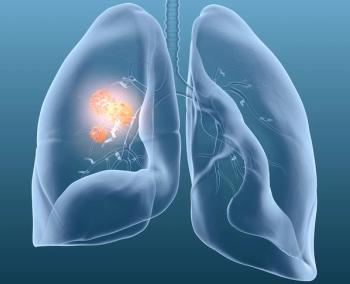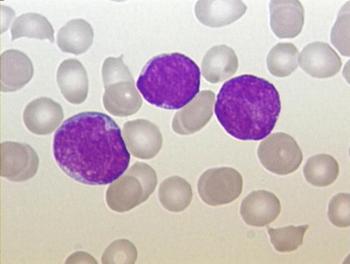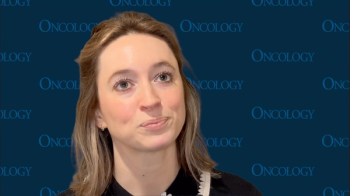
Liquid Biopsy May Inform Treatment Strategies in HER2+ Breast Cancer
Heather A. Parsons, MD, MPH, says she is excited about HER2 as a biomarker and investigating the biology of metastatic breast cancer with a minimally invasive liquid biopsy platform.
In a conversation with CancerNetwork® during the
Parsons, a medical oncologist at Dana-Farber Cancer Institute and an assistant professor of medicine at Harvard Medical School, spoke about her rationale for a study researching the liquid biopsy platform as an alternative method of targeting HER2 as a biomarker compared with tumor tissue sampling. She stated that it may be challenging to get a tumor biopsy in the metastatic setting, which supported the development of a potentially minimally invasive alternative with a liquid biopsy platform that targets epigenomic signatures detectable in cell-free tumor DNA.
Transcript:
In breast cancer, we know that we use predictive biomarkers—estrogen receptor and HER2, specifically—to guide a patient’s therapy. Usually, those are taken from the tumor tissue; that’s the standard right now. However, getting a tumor biopsy can be challenging, particularly in the metastatic setting, and we don’t do that multiple times throughout somebody’s disease. With that as well as the fact that HER2 status is newly of interest because of the antibody drug conjugates [ADCs] that have efficacy in HER2-low breast cancer, we wanted to understand whether we could develop a HER2 biomarker classifier from the blood that would enable a more nuanced classification of HER2 status, as is the case with tumor tissue.
The take home message here is that we are excited about HER2 specifically, but we’re also excited about interrogating the biology of metastatic breast cancer. This may be applicable to a number of different sites within the cancer, [which may] tell us more particularly in the metastatic setting.
Circulating tumor DNA has focused thus far on looking at specific alterations and mutations within a particular patient’s cancer. This and other work like this are showing that we can use other information from the epigenetic changes for cancer that may inform our understanding of a patient’s cancer and hopefully predict what treatments they may respond to, as well.
Reference
Parsons H, Baca S, D’Ippolito A, et al. Liquid biopsy determination of HER2 status in breast cancer: results from a novel epigenomic platform. Presented at the 2023 San Antonio Breast Cancer Symposium; December 5-9, 2023; San Antonio, TX; abstract PS06-07.
Newsletter
Stay up to date on recent advances in the multidisciplinary approach to cancer.

















































































